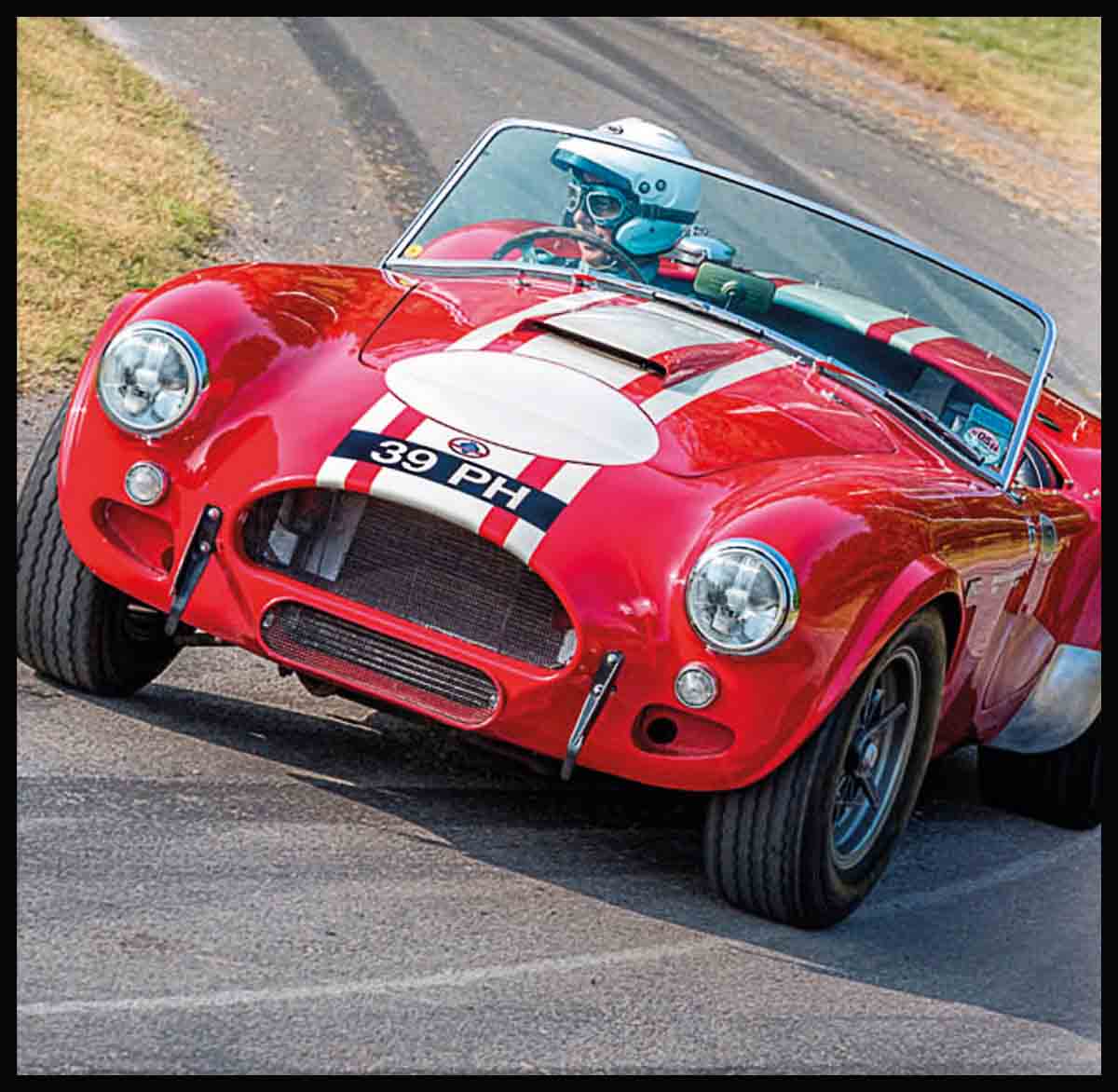
Shelby Cobra
The AC Ace was transformed into an international star when Texan racing driver Carroll Shelby conceived the idea of installing a large American V8 engine in a small, lightweight, British sports car. Although the Anglo-American hybrid was crude, it was sleek and effective, and enjoyed success both on the track and in the showroom. As such, the car has remained in sporadic production since its first appearance in 1962.
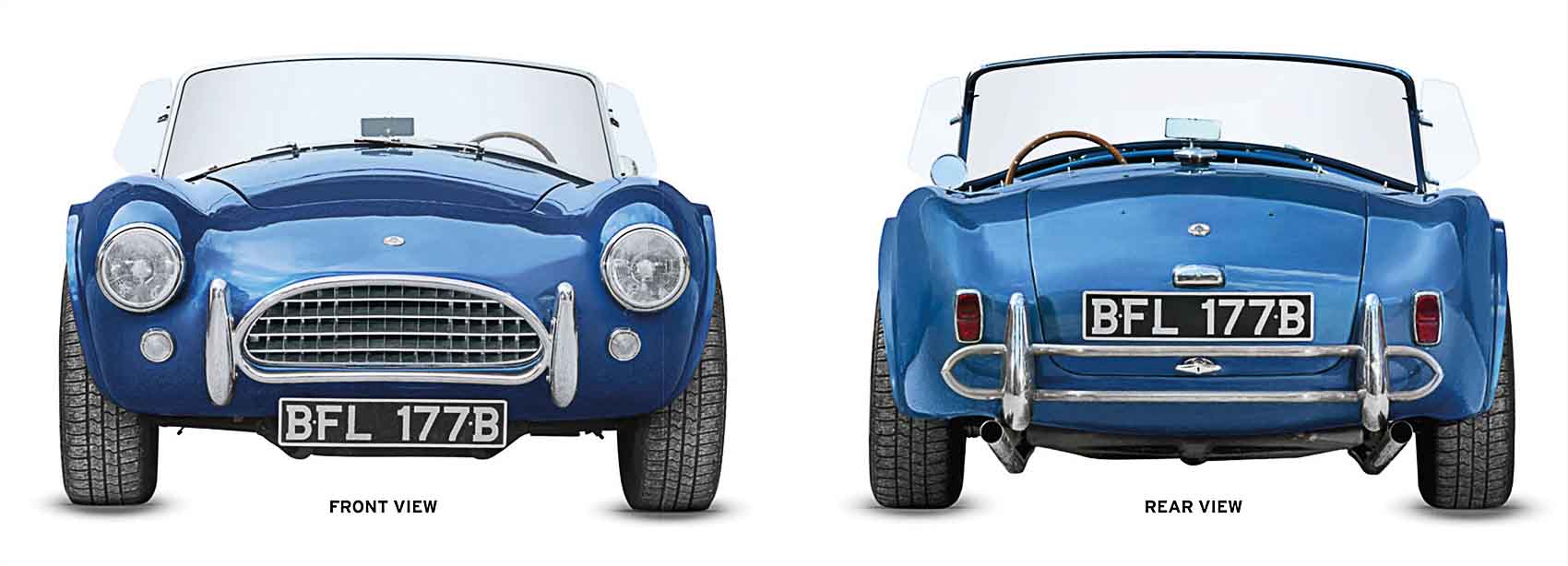
CARROLL SHELBY WAS a past winner of the famed Le Mans 24-hour race, and his inspired creation quickly proved itself in international competition. Today, few contemporaries can touch a Cobra driven by a determined driver. Even Italian rivals, Ferrari, took a beating, with DeTomaso going as far as to name its own Anglo-American GT, Mangusta (“mongoose”), suggesting it was a Cobra-killer.
It never was, and in 1965 the Cobra stormed to victory in the Sports Car World Championship, putting Shelby Automotive and the car on the map for good. AC built the complete body/chassis units, ready for Shelby to install the Ford V8 engines. From the era of the so-called hairy-chested sports car the Cobra remained the hairiest of them all.
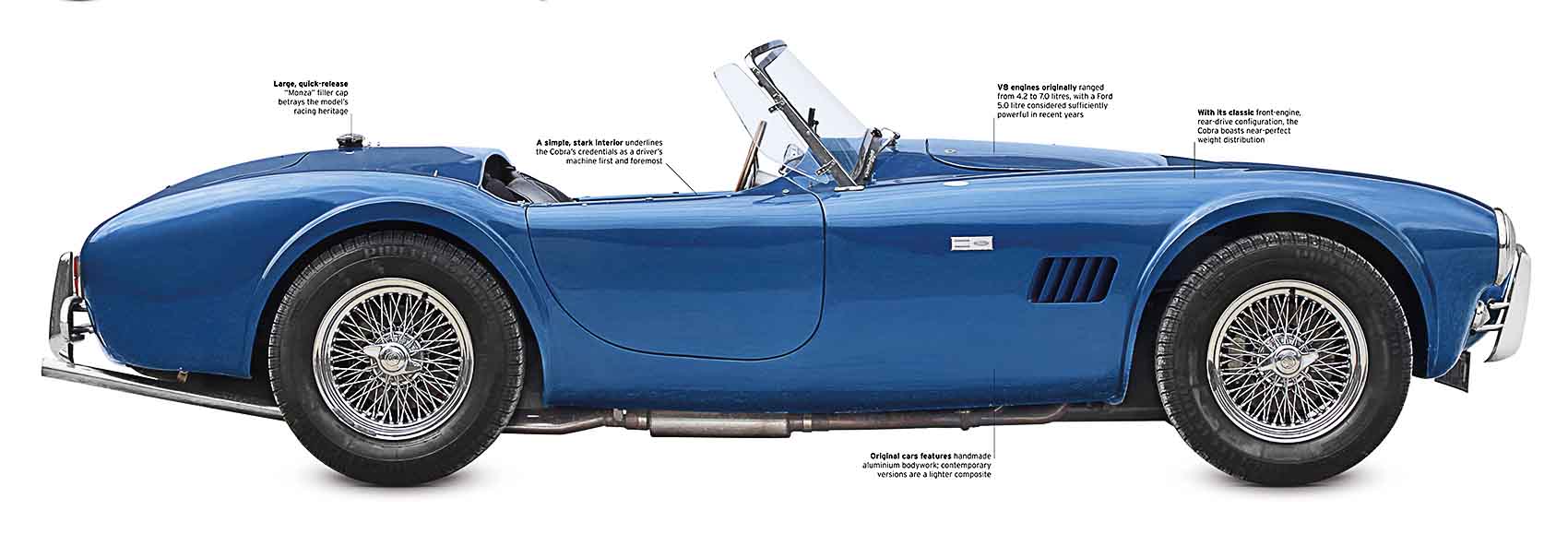
SPECIFICATIONS
| Model | Shelby Cobra, 1962-67 |
| Assembly | Thames Ditton, UK |
| Production | 998 |
| Construction | Aluminum body on a steel frame |
| Engine | 4,267-6,997 cc, V8 |
| Power output | 260-425 bhp, depending on engine |
| Transmission | 4-speed manual |
| Suspension | Front and rear coil springs |
| Brakes | All-round discs |
| Maximum speed | 137-164 mph (220-264 km/h) |
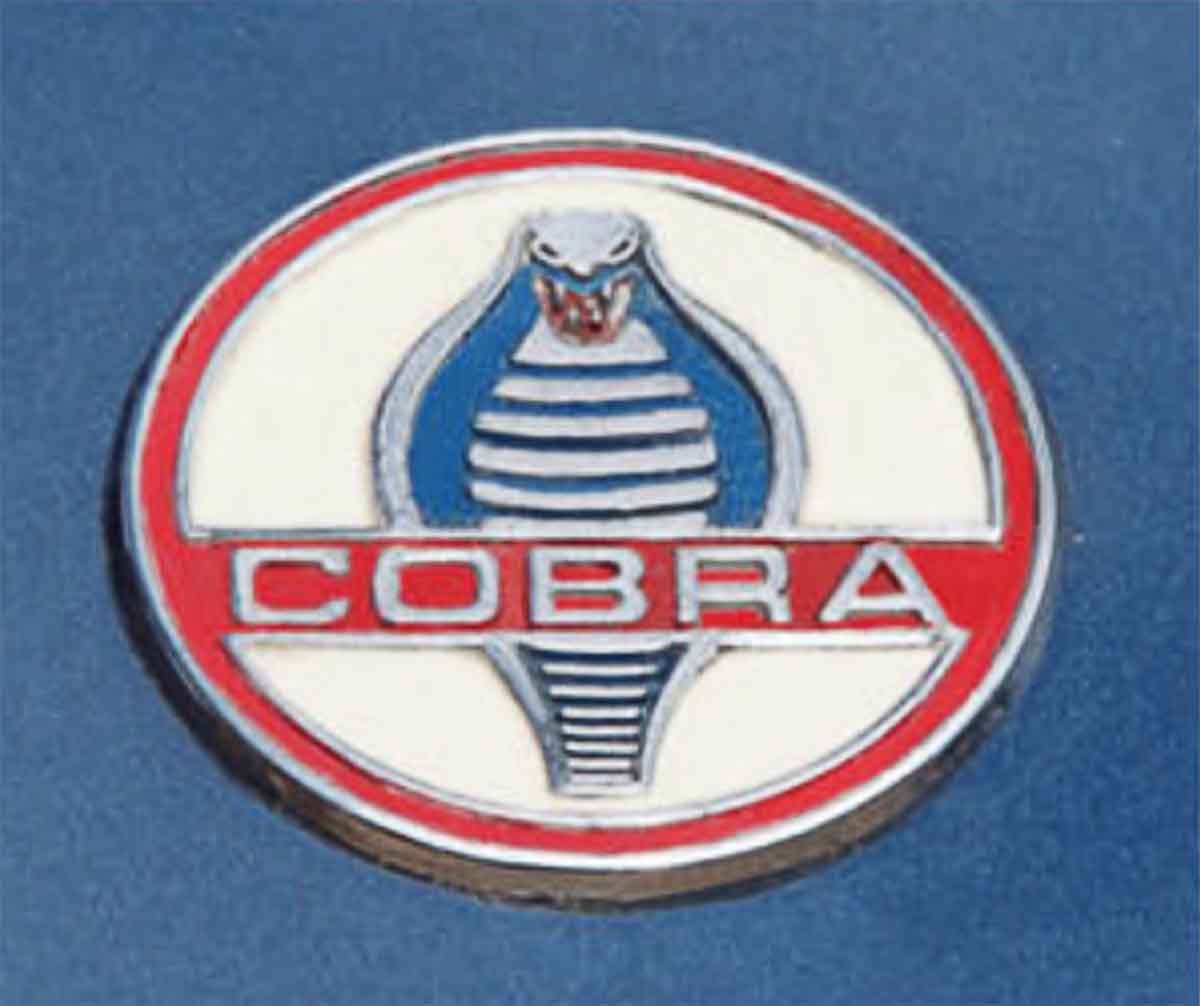
Shelby Cobra badge
This image of a cobra rearing its fierce head was the emblem found on the bonnet of all the cars sold by Shelby in the US market. AC Cars sold a small number of the cars in the UK, but without the Cobra trademark.
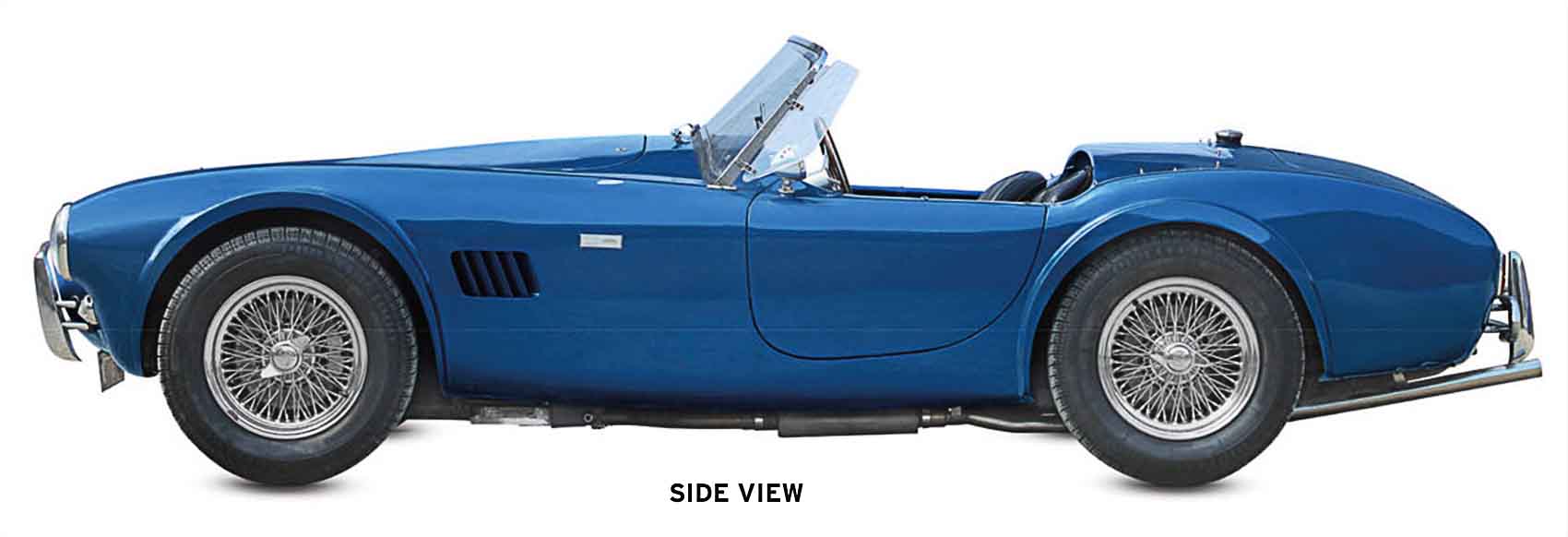
Styling
The first Cobras shared the elegant simplicity of the lithe Ace. However, particularly in later, larger-engined variants, the shape gained weight visually as wheel arches expanded to accommodate the much larger tyres needed to make the most of the car’s formidable power.
ON THE ROAD
If you see a Cobra these days it is probably an imitation because no car before or since has captivated the attention of replica and kit car-builders quite as much as the Cobra has. The genuine model was a pleasure to behold. However, its tough stance and strong, muscular shape were as redolent of a big cat as any Jaguar—and in the wrong hands likely to be almost as dangerous.
The sleek and aggressive appearance, lightening-quick performance, responsive handling, and simple, stark cockpit underlined the Cobra’s competition heritage, and its status as a driver’s car first and foremost. Behind the wheel, the interior featured little in the way of creature comforts, but the view forwards was spectacular—and once the Ford V8 fired up, who needed a radio?
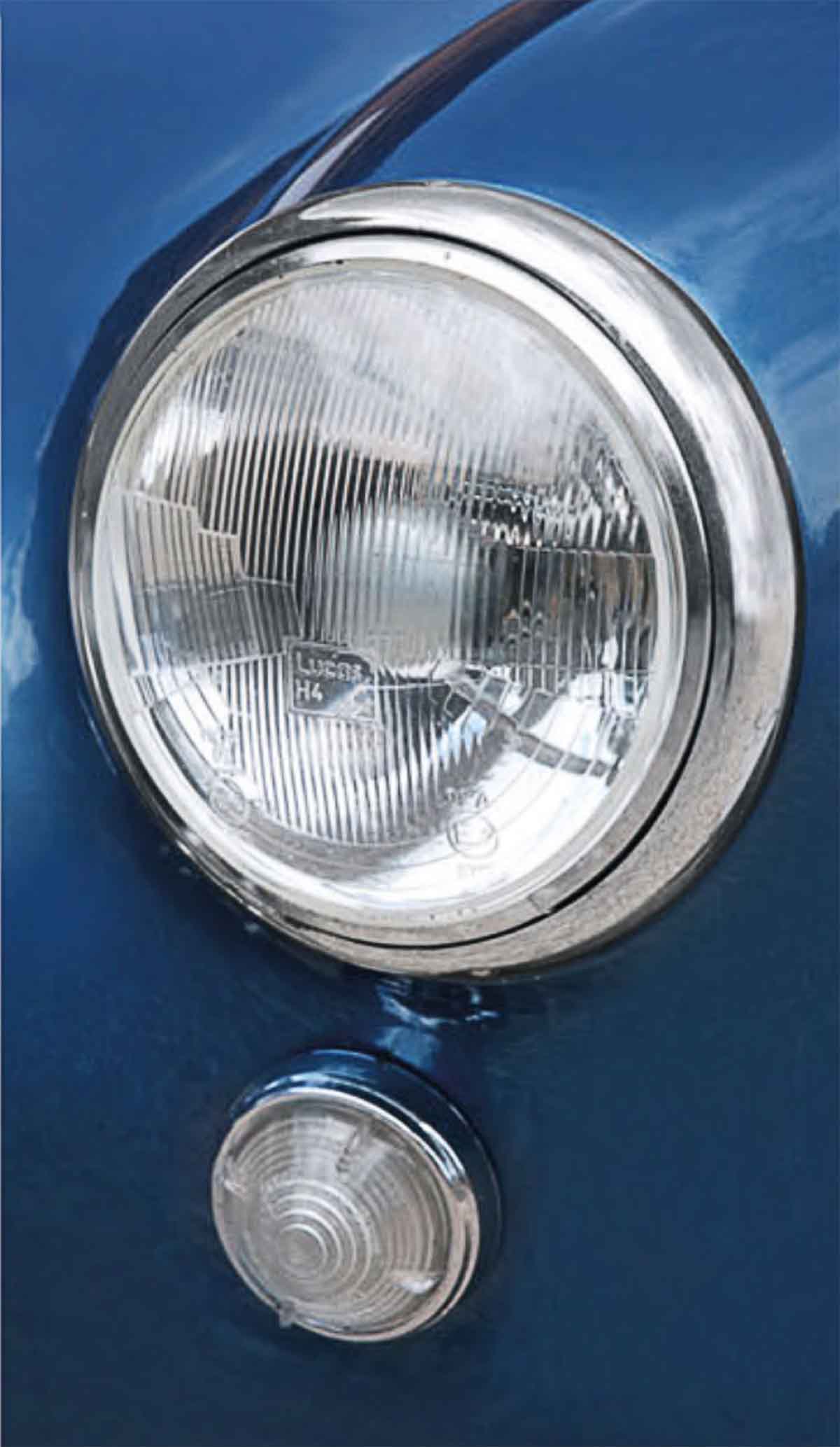
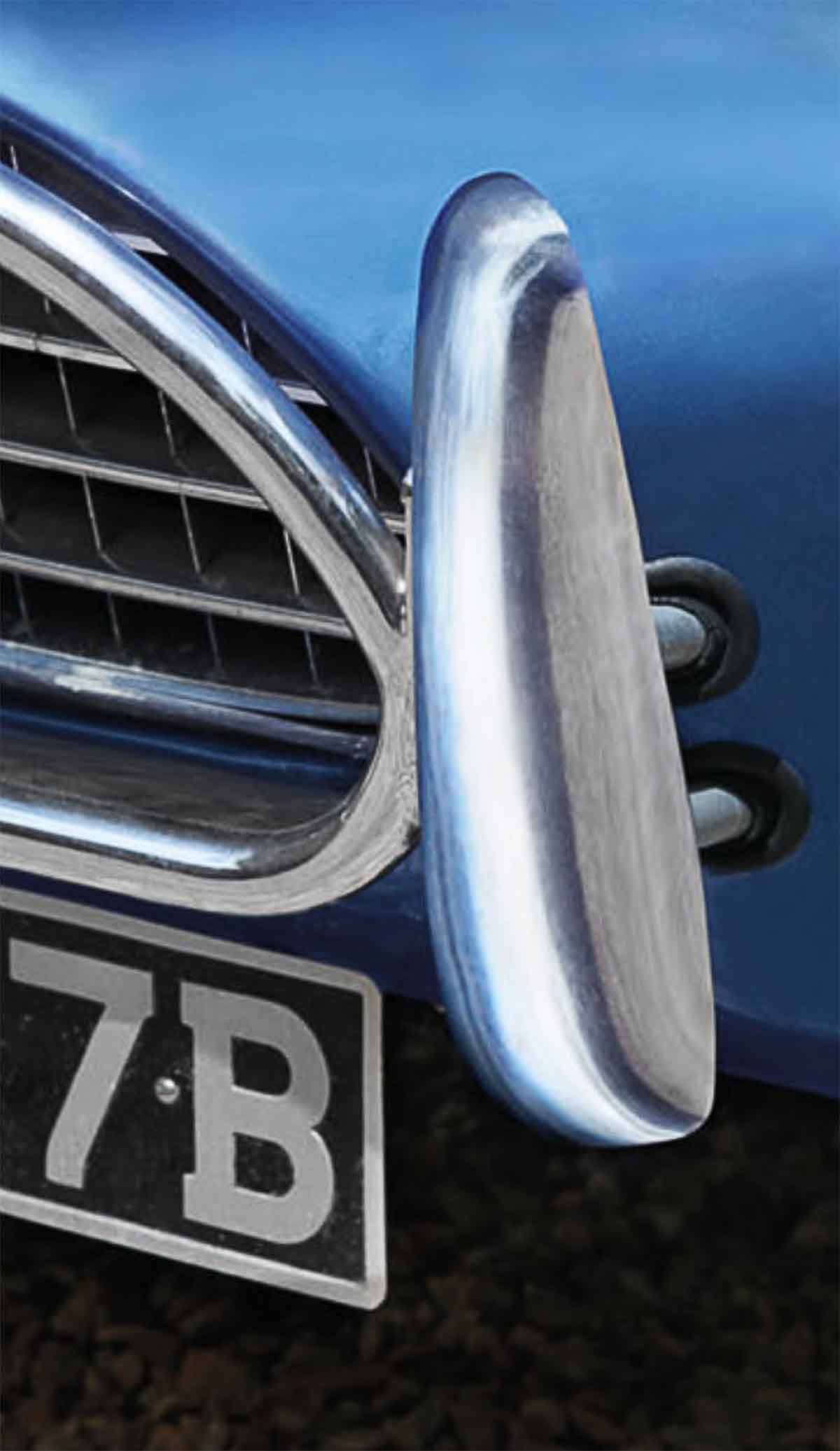
Simple, circular lights
Chrome overriders in place of full bumpers
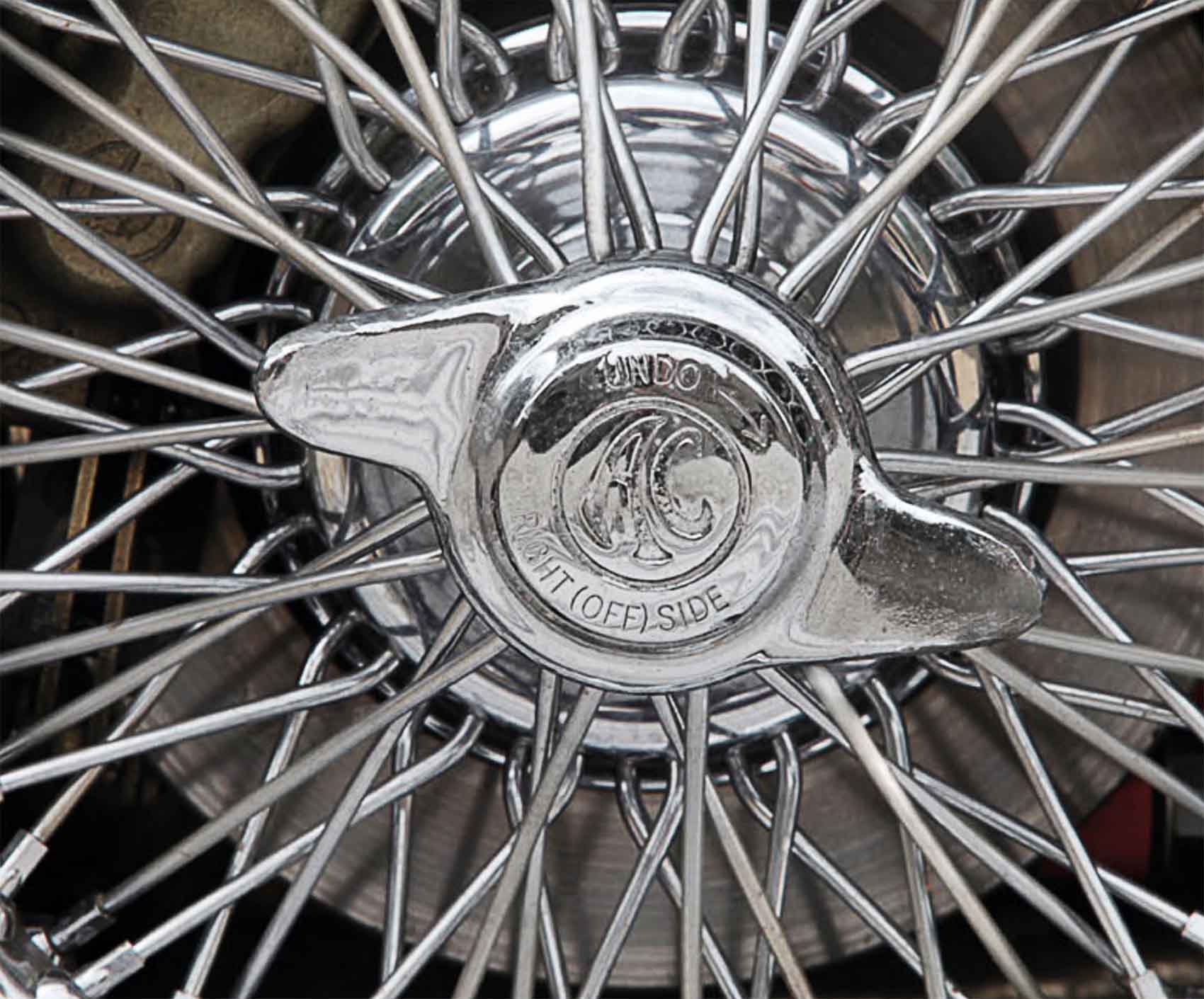
Wire wheels with “knock off” spinners
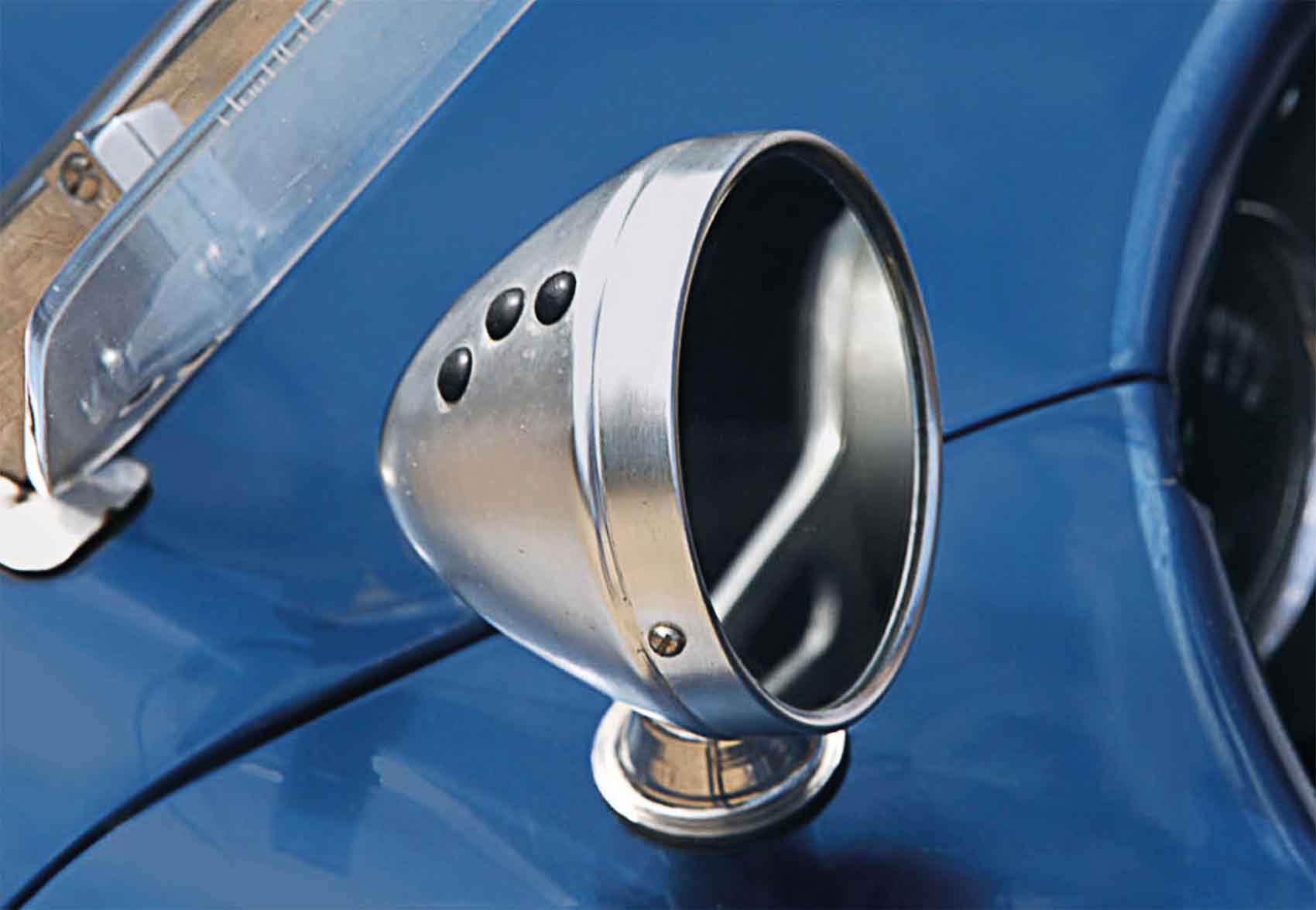
Single aerodynamic door mirror
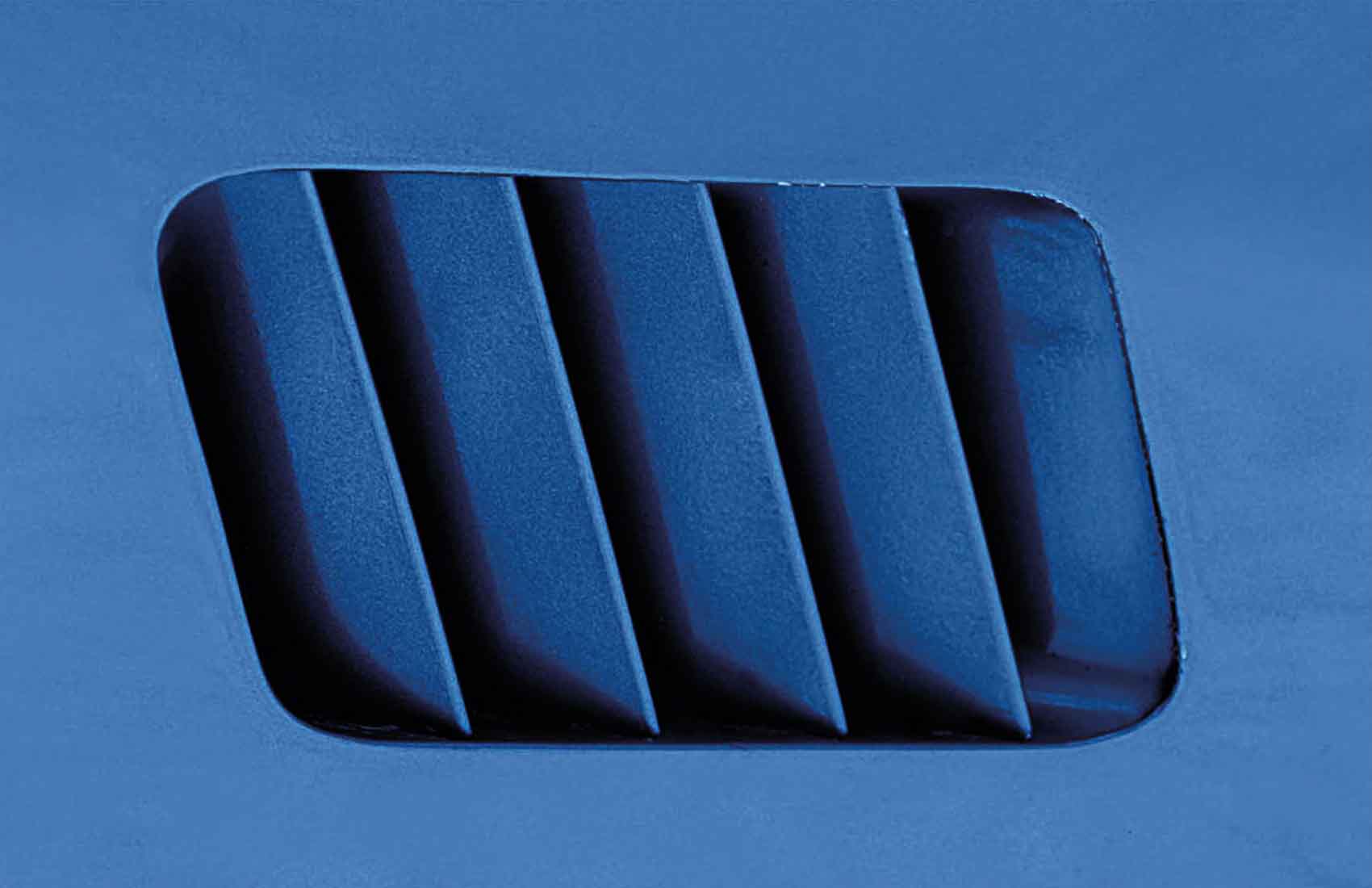
Vents to keep brakes cool
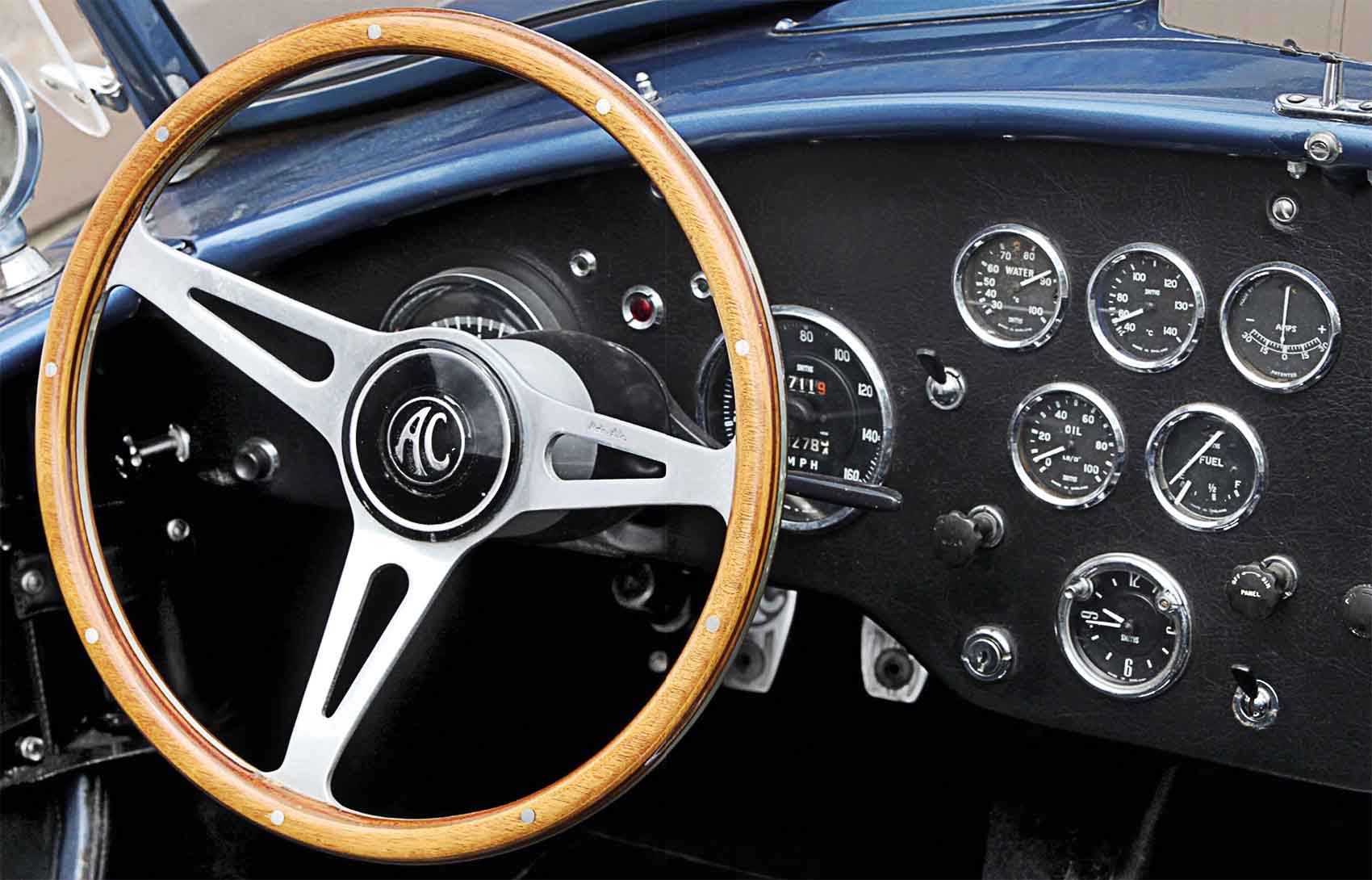
Array of dials show the car’s performance
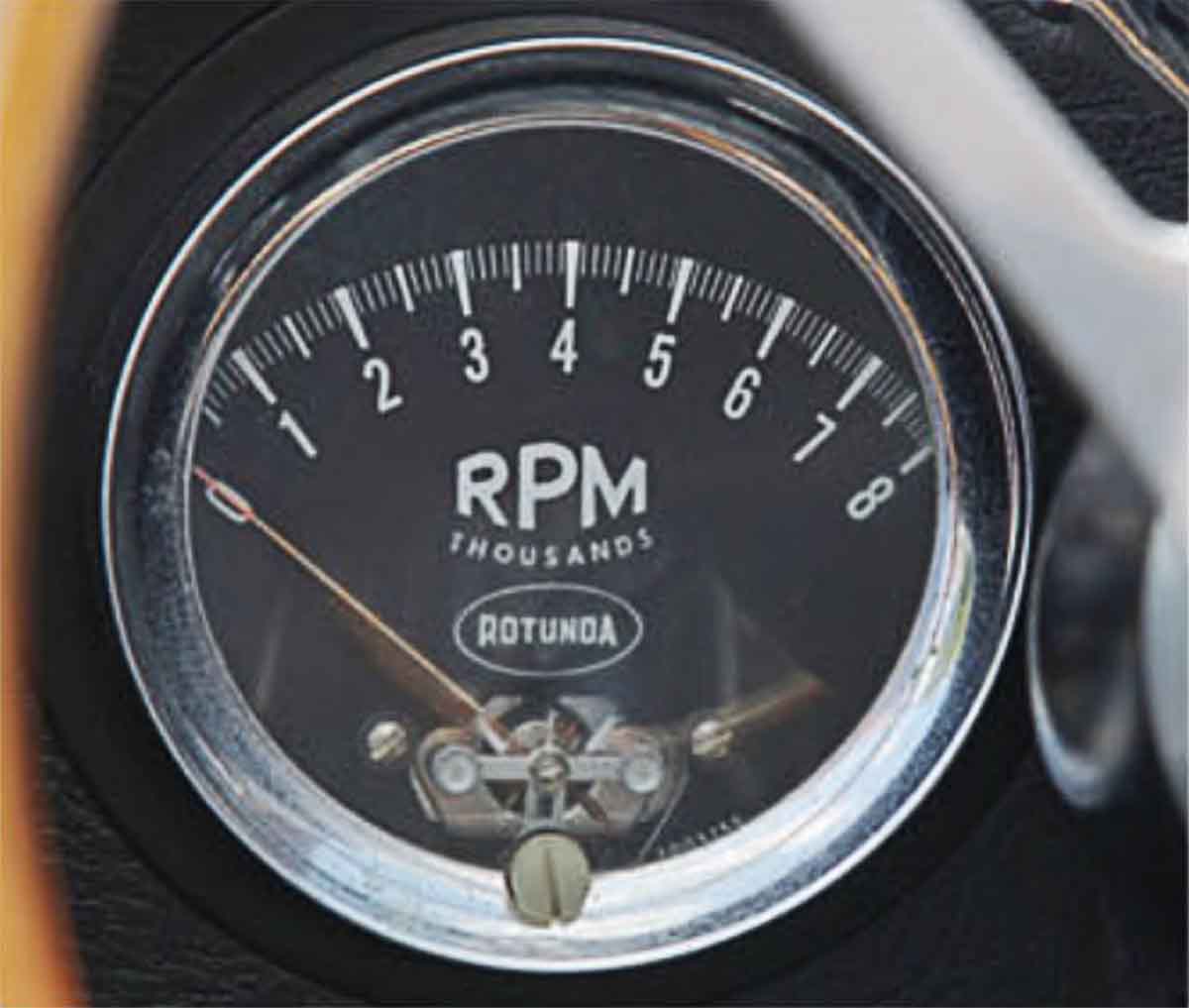
Rev counter-vital when racing
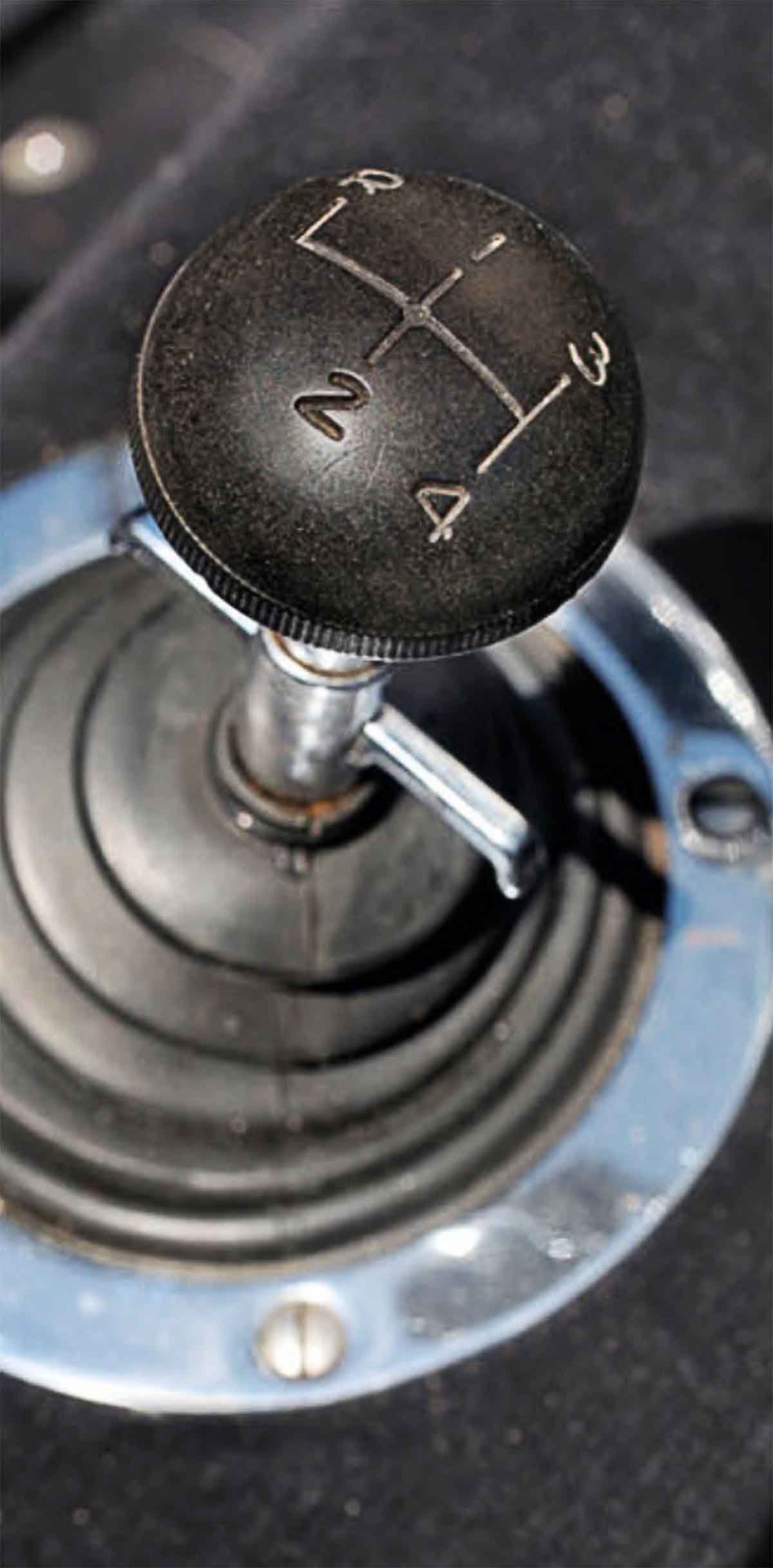
Stubby manual gear lever
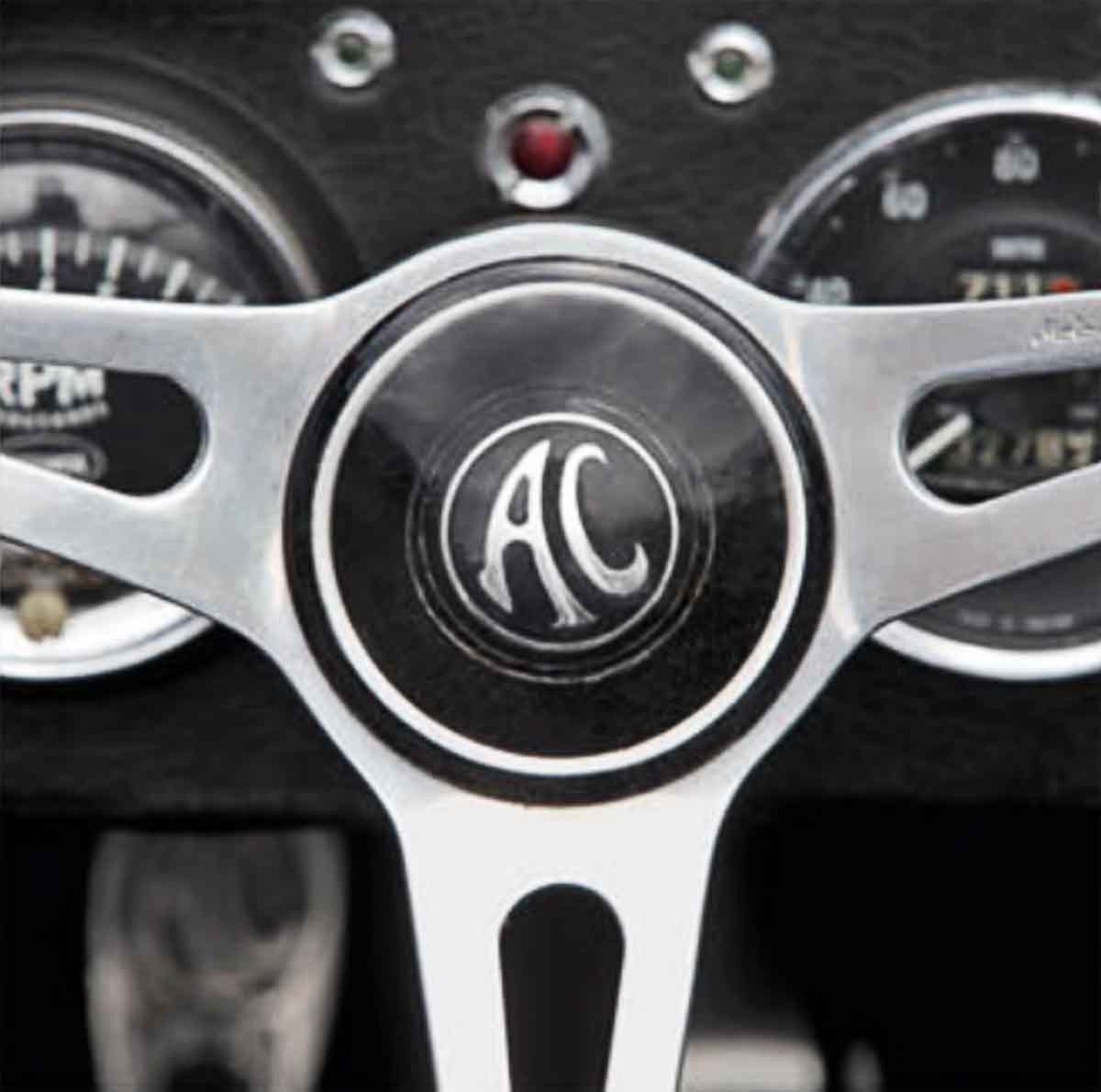
AC logo features on steering wheel hub
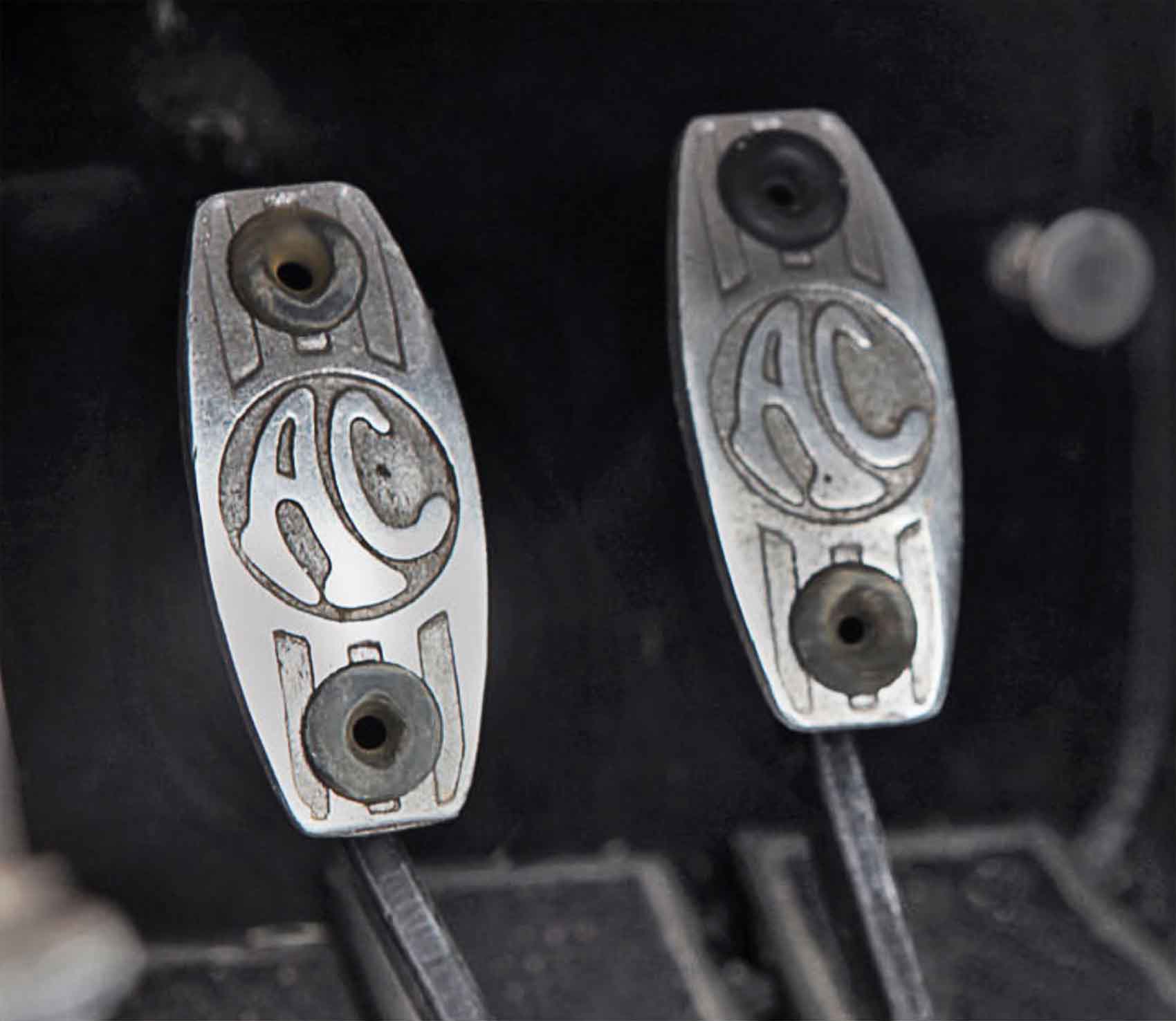
Famous British branding prominent on foot pedals
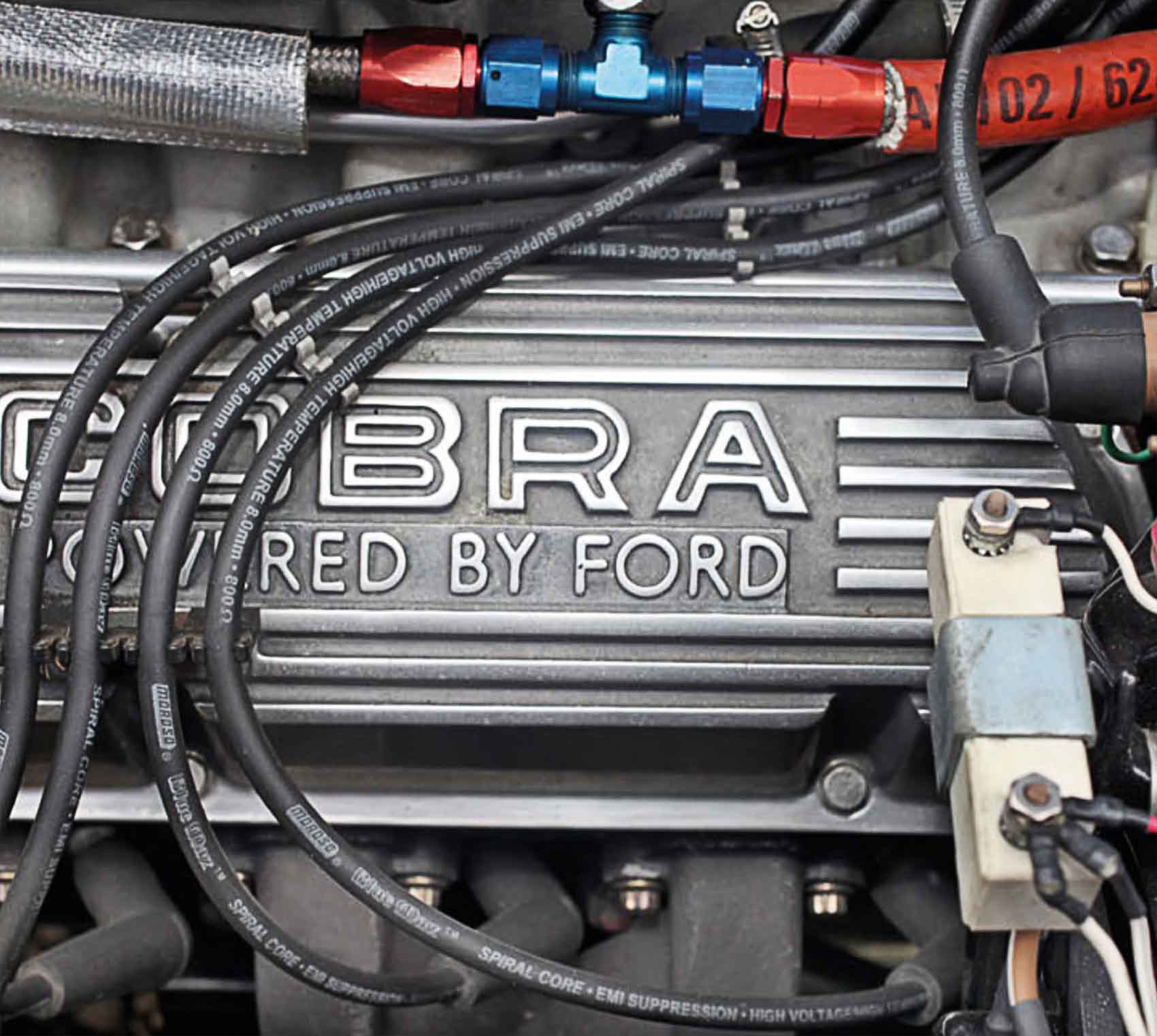
Ford V8 engine—the heart of the Cobra
It is a quote. The Classic Car Book – The Definitive Visual History 2016


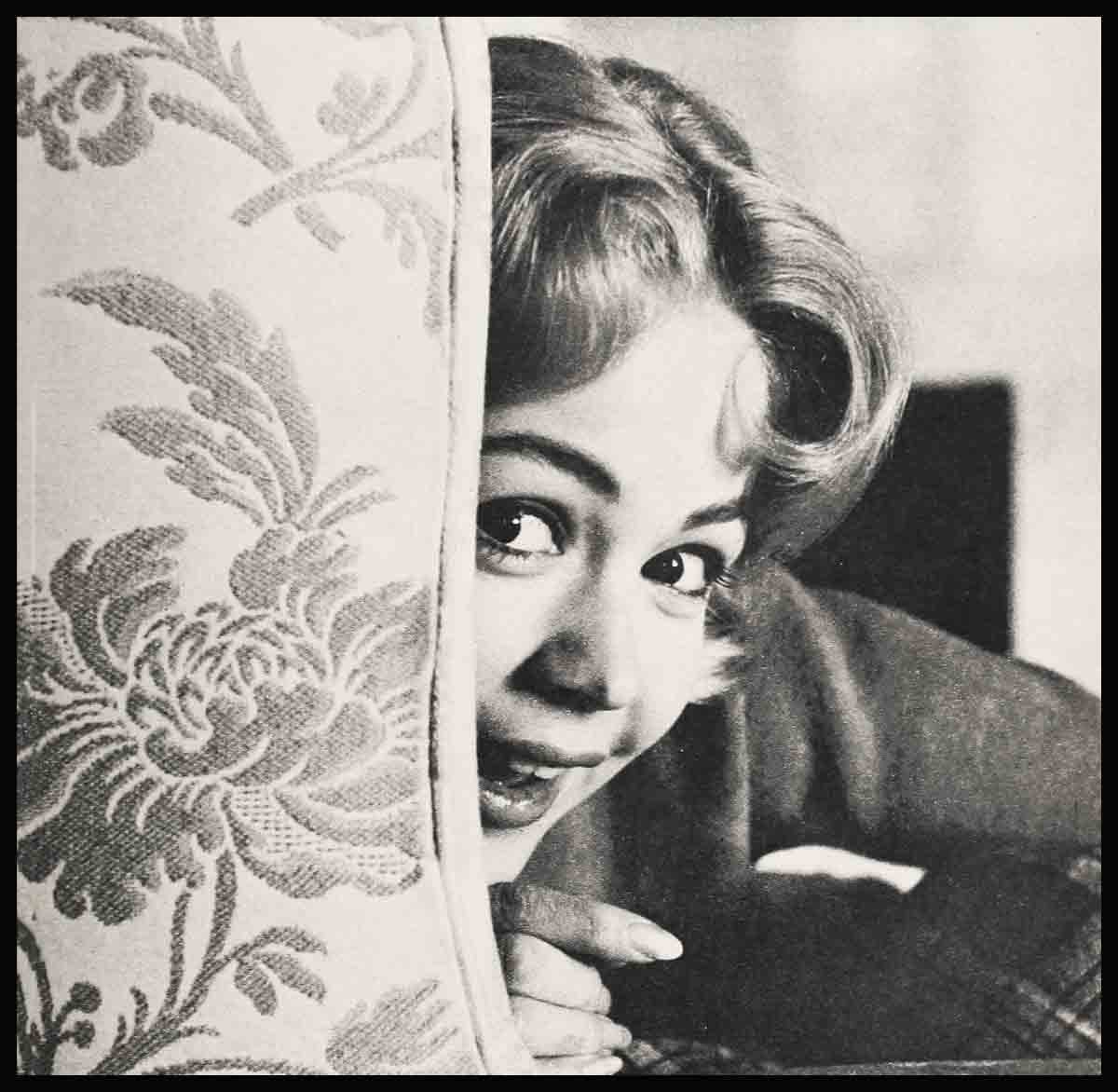

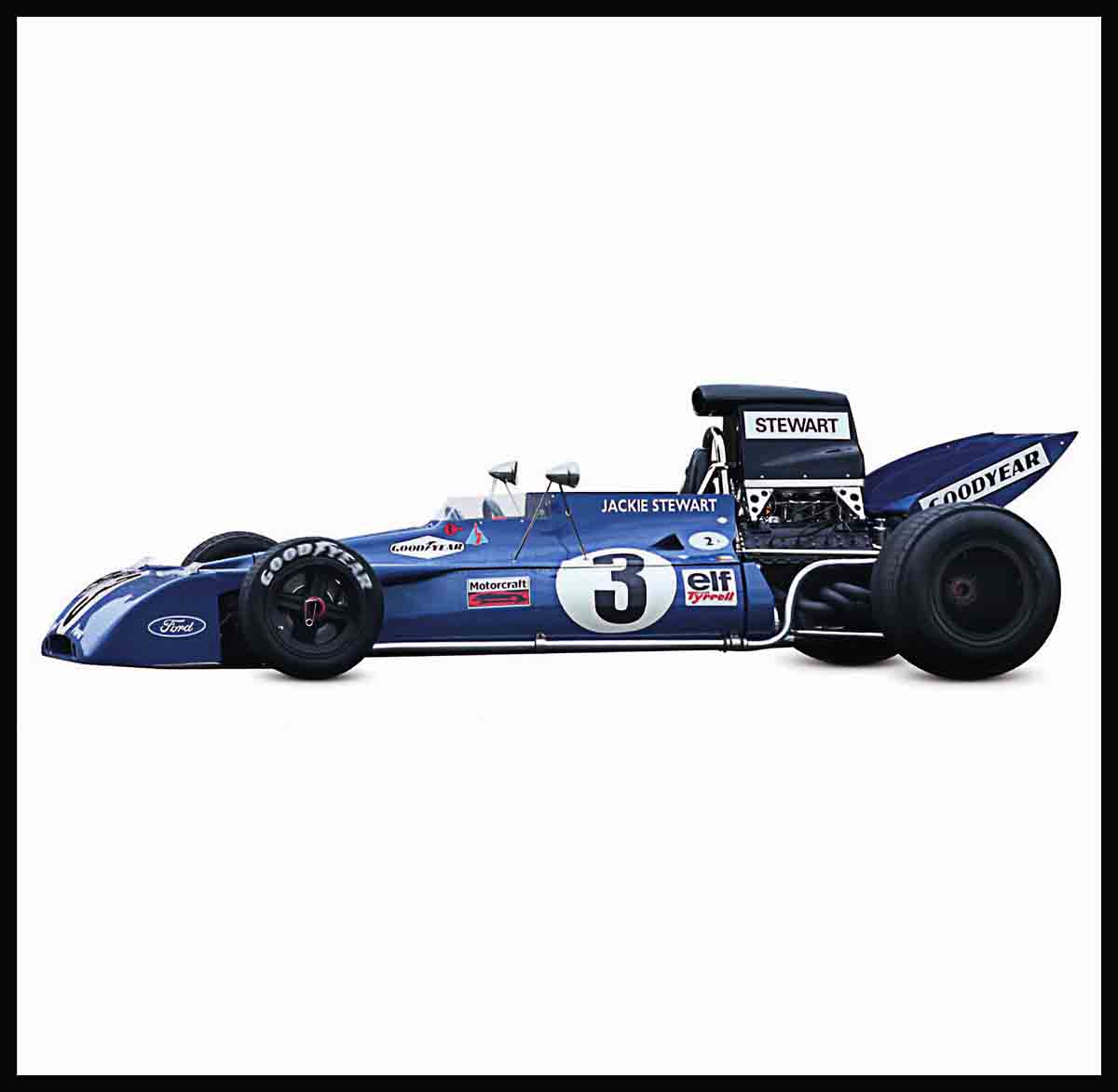
No Comments